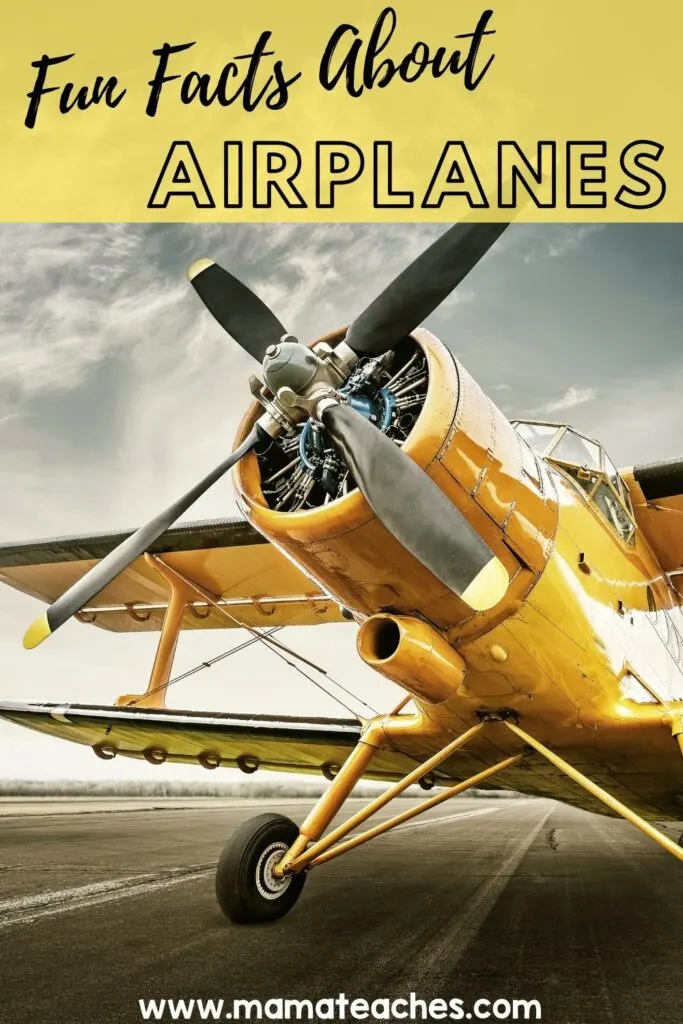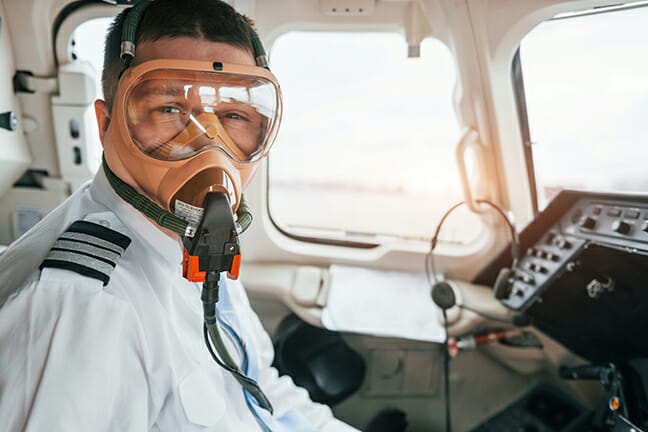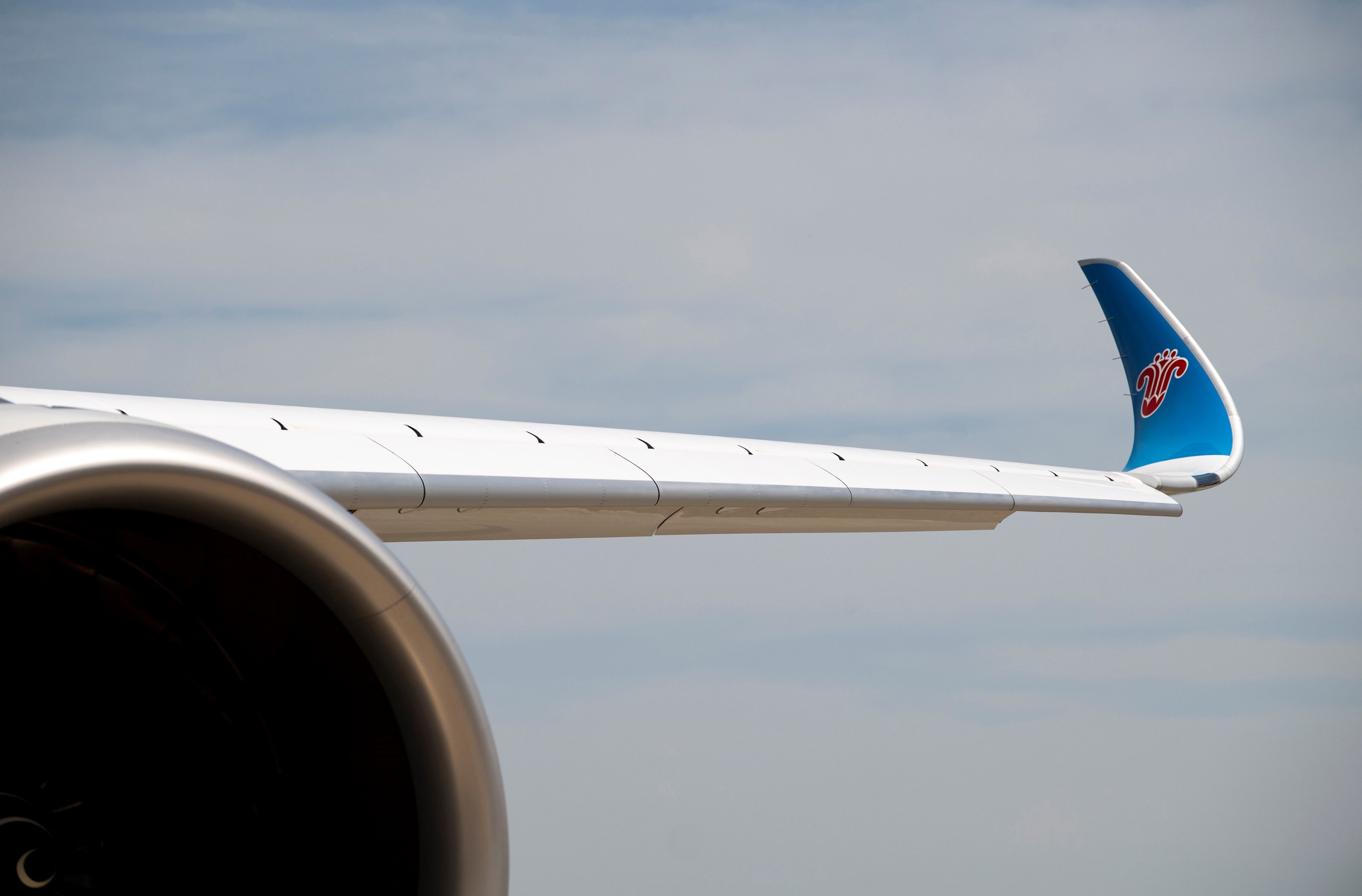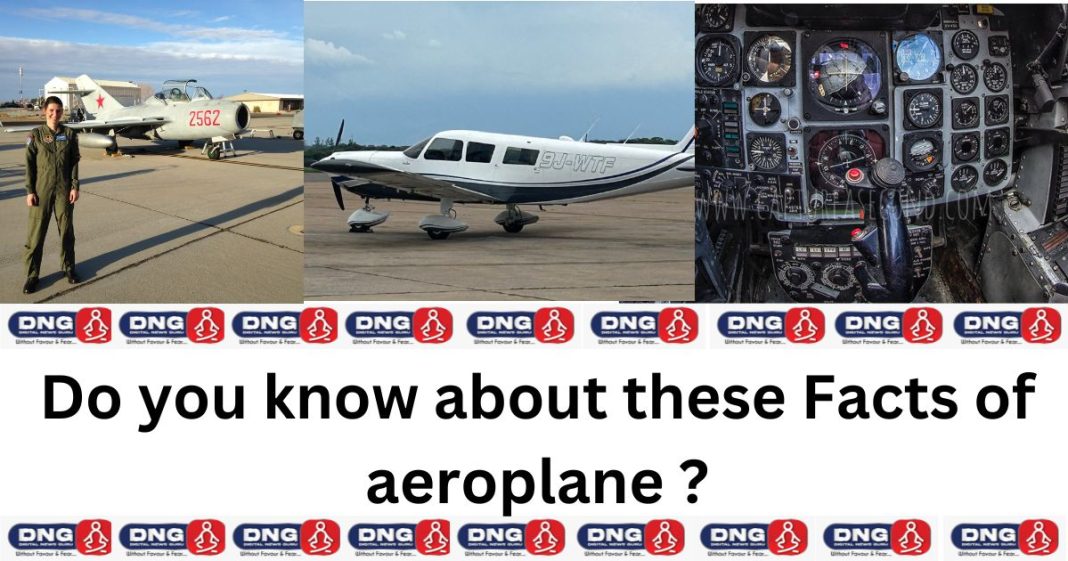 Flying and Aeroplane’s has become common in our daily lives, and we frequently select it as the most secure way to go from one country to another. We prepare our suitcases carefully, plan trips and buy tickets with ease thanks to modern technology. We might be anxious about flying, thinking about what could go wrong, losing a suitcase, flight delays or long hours of transit. But as soon as we arrive at our destination without any such incident, we stop thinking about it. But most of us go about without thinking much about airplanes and flying. Here are some interesting facts about flying that will pique your interests.
Flying and Aeroplane’s has become common in our daily lives, and we frequently select it as the most secure way to go from one country to another. We prepare our suitcases carefully, plan trips and buy tickets with ease thanks to modern technology. We might be anxious about flying, thinking about what could go wrong, losing a suitcase, flight delays or long hours of transit. But as soon as we arrive at our destination without any such incident, we stop thinking about it. But most of us go about without thinking much about airplanes and flying. Here are some interesting facts about flying that will pique your interests.
1. The Tastebuds Change on a Flight 
If you have wondered why the airplane food always tastes bad, it’s not the food. Blame it on your tastebuds. The higher a plane flies, the more air pressure increases and humidity decreases. In such cases, your tastebuds can lose the ability to register sweet and savory flavors. That is why, you might think that the food they serve is bland. But don’t worry, your taste buds come back to normal once you hit the ground.
2. Black Boxes Are Actually Orange
Despite their name, “black boxes” on airplanes are not black; they are typically painted bright orange. This color makes them easier to locate in case of an accident.
3. Quiet Zones
Some airlines offer designated “quiet zones” onboard their aircraft, typically located in certain sections of the cabin where noise levels are minimized, providing a more peaceful environment for passengers who prefer a quieter travel experience.
4. Oxygen masks lasts upto 15 minutes
one thing the flight attendants don’t tell you is that oxygen masks have only about 15 minutes worth of oxygen. That sounds like a frighteningly short amount of time, but in reality, that should be more than sufficient. Remember, oxygen masks drop when the airplane cabin loses pressure, which means the plane is also losing altitude
5. Holes in Airplane Windows
You may have noticed small holes in airplane windows. These are called “bleed holes” and are designed to regulate air pressure between the inner and outer panes of the window to prevent fogging and to equalize pressure during flight.
6. Whispering Gallery Effect
Some airplane cabins exhibit a “whispering gallery effect,” where whispers or quiet conversations can be heard clearly across the cabin due to the curvature of the fuselage reflecting sound waves.
7. Engine Placement
Many commercial airplanes have their engines mounted under the wings. This placement is not just for aerodynamics but also for safety. In case of an engine failure, having the engines below the wings reduces the risk of debris damaging the fuselage or wings.
8. Wings
Both birds and airplanes have wings that are shaped to produce lift when air flows over them. The shape of the wing, known as an airfoil, is designed to create lower air pressure on the upper surface and higher pressure on the lower surface, resulting in upward lift.
9. It’s illegal to point a laser pointer at an airplane or helicopter
Pointing a laser at an aircraft is a federal crime because pointing lasers at aircrafts can actually disorient the pilots. In fact, laser light shows are actually coordinated with air traffic control and the military to make sure they are not interrupting flights.
10. Planes can last upto 30-35 years
The aviation industry doesn’t retire jet airliners until the end of their lifespans, at about 30 to 35 years depending on maintenance and wear and tear. In military and civilian fleets around the globe, some aircraft are even older. With proper care and maintenance, the average jet airliner will operate just as well at the end of its career as the beginning.
11. Emergency Oxygen Masks:
The oxygen masks that drop down from overhead compartments in case of a decompression event are not filled with oxygen until you pull them down. They are connected to a chemical oxygen generator, which produces oxygen when activated by pulling the mask.
12. “Nose” and “Tail” Numbers:
Airplanes have unique identification numbers painted on their nose and tail sections. These numbers, known as “N-numbers” in the United States, help air traffic control and regulatory agencies identify and track individual aircraft.
13. Chemical Toilet Disposal:
Airplane toilets do not dispose of waste in the same manner as household toilets. Instead, they use a closed-loop vacuum system that collects waste in tanks onboard the aircraft. These tanks are emptied by ground crews when the airplane is serviced.
YOU MAY ALSO READ :- WhatsApp : Did you know about these Hidden facts of whatsApp !









